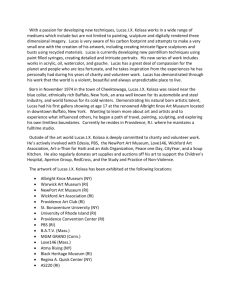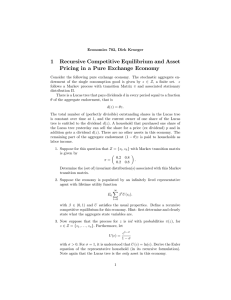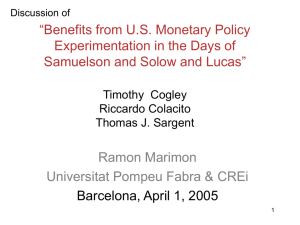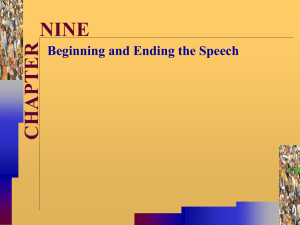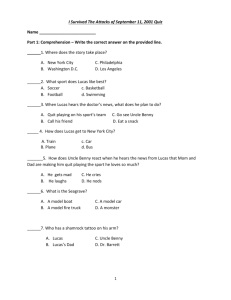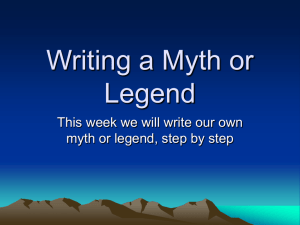lucas_custserv5e_ppt_ch07
advertisement
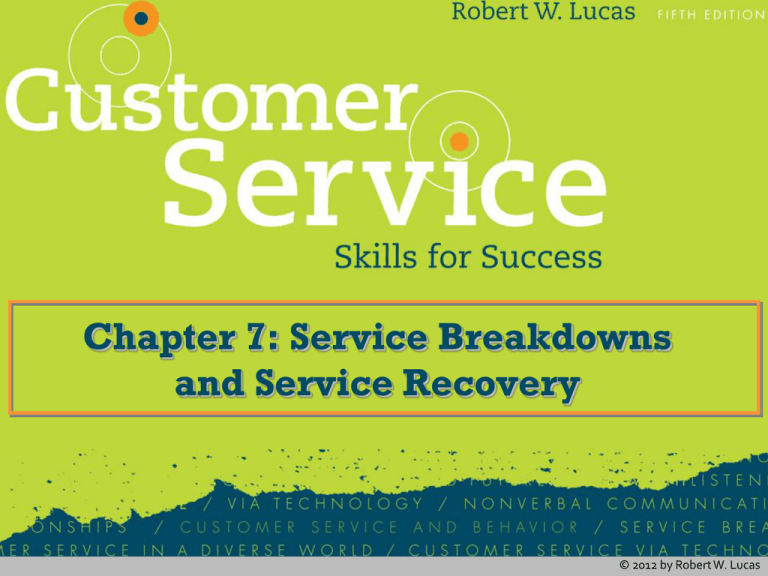
Chapter 7: Service Breakdowns and Service Recovery © 2012 by Robert W. Lucas 2 Learning Outcomes • 7-1 Define what a service breakdown is. • 7-2 Apply knowledge of behavioral styles in difficult customer situations. • 7-3 Recognize different types of difficult customers and effectively deal with them. • 7-4 Use the emotion-reducing model to help keep difficult situations from escalating. • 7-5 Explain why customers defect. © 2012 by Robert W. Lucas 3 Learning Outcomes • 7-6 Develop effective strategies for working with internal customers. • 7-7 Identify strategies for preventing customer dissatisfaction and problem solving. • 7-8 Explain the six steps of the problem-solving model. • 7-9 Implement a front-line service recovery strategy, and spot roadblocks to service recovery. © 2012 by Robert W. Lucas 4 Service Breakdown • Define – Occur daily in all types of organizations – Happen whenever the product or service delivered fails to meet the customer expectations – Customers today are better educated (technology has helped with this) and more discerning • Examples • Expectations for people • Expectation for products © 2012 by Robert W. Lucas 5 Service Breakdown • Define – Occur daily in all types of organizations – Happen whenever the product or service delivered fails to meet the customer expectations – Customers today are better educated (technology has helped with this) and more discerning • Examples • Expectations for people • Expectation for products © 2012 by Robert W. Lucas Service Breakdown and style 6 • Behavioral Style – Define – RIDE – Strategies © 2012 by Robert W. Lucas Difficult Customers 7 • Types of difficult customers – Examples • Dissatisfied • Demanding • Rude • Indecisive • Talkative • Internal with special requests • With disability • Other language © 2012 by Robert W. Lucas Handling Difficult Customers 8 • Avoid Stereotyping • Strategies for dealing with each type © 2012 by Robert W. Lucas The Emotion Reducing Model 9 • How the model works • How to use it © 2012 by Robert W. Lucas Reasons for Defection 10 • What is defection? • Examples – – – – Poor Services Complacency Inappropriate complaint resolution Unmet needs © 2012 by Robert W. Lucas Working with Internal Customers 11 • Working with internal customers • Strategies to use – – – – – Stay connected Meet all commitments Don’t sit on emotions Build a professional reputation Adopt a good neighbor policy © 2012 by Robert W. Lucas Preventing dissatisfaction 12 Strategies to prevent dissatisfaction • Think like the customer • Pamper the customer • Respect the customer • Exceed expectations © 2012 by Robert W. Lucas Problem Solving Process 13 • Uses/examples • The problem solving model – – – – – – Identify the problem Collect data Identify alternatives Evaluate alternatives Make a decision Monitor results © 2012 by Robert W. Lucas 14 Strategies for Service Recovery • Examples where you might need a strategy • Steps to recovery – – – – – Apologize Take immediate action Show compassion Provide compensation Conduct follow up © 2012 by Robert W. Lucas

